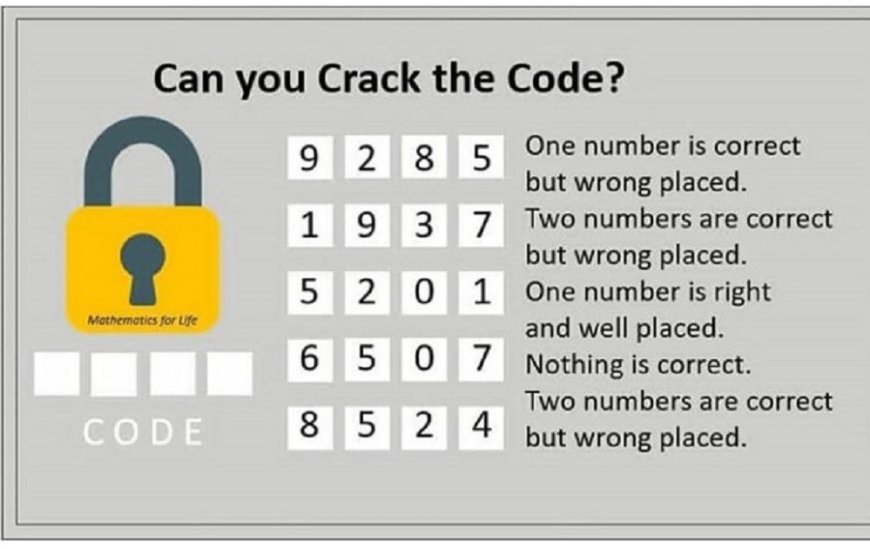What is the code?
the receiver decodes it to understand it. In everyday lexicon, this is what we would call €œlanguages€ or €œlanguages€Â. What is the code.

Within the framework of the elements of communication, the language or encryption in which the message is transmitted from sender to receiver is called : the sender encodes the message and the receiver decodes it to understand it. In everyday lexicon, this is what we would call œlanguages or œlanguages. What is the code.
The is essential for the communication process to be carried out effectively. The sender and the receiver or receivers, that is, the parties involved in the communication, must handle the same code. Otherwise, the message will remain encrypted and undeciphered, as happens when someone speaks to us in a language we do not know.
The codes can be linguistic or non-linguistic. In the first case, they concern language, and in the second, they come from foreign areas. On the other hand, linguistic codes can be of two types: natural (or oral) and written.
- Natural Those that are perceived through the senses (hearing, sight) and are transmitted from father to son, spontaneously. They are instantaneous, ephemeral and rely on extra linguistic elements.
- Those that are necessarily perceived by reading, therefore require formal learning and teaching. They are permanent, tangible and constitute a closed system in itself.
Code examples
The following are code samples:
- Human languages. Like Urdu, English, Spanish, Chinese, Greek or French.
- The artificial codes. Like deaf-mute language, morse code, or binary code.
- Public signs. Like traffic signs.
Encoding and decoding
The code works, as we said before, in two reciprocal ways:
Must read: Drawing develops a child™s thinking
- The sender of the message encodes the meaning by inscribing it in the code, that is, composing it.
- The receiver or receivers must decode the message to gain access to it.
For example, when we speak to someone in English, we must compose the messages we want to say in that code or language, and when our listener receives them, they must decode that message based on their knowledge of English. The latter is important: the ability to access the message depends on the recipient's knowledge of the code.
Communication elements
In addition to the code, the communication process is made up of the following elements:
- Who starts the process by generating the message and encoding it.
- Receiver (s). Who (s) receives (s) the message and decodes it (s) to have access to what is transmitted.
- The physical medium through which the message is transmitted, such as sound waves or writing.
- What you want to communicate.
